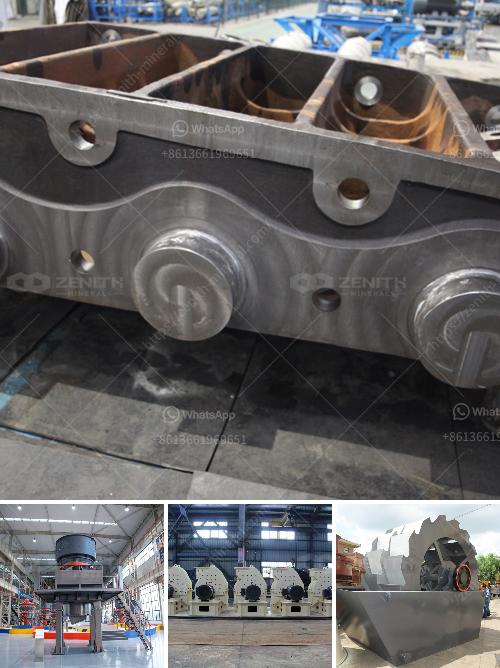To design a "10tph sulfide gold processing plant," we need to consider several key components and processes. Here’s a detailed breakdown of the steps and equipment involved:
If you need to implement a simple process control system, here’s an example in Python:
import time
class GoldProcessingPlant:
def __init__(self):
self.crusher_status = False
self.mill_status = False
self.flotation_status = False
def start_crusher(self):
self.crusher_status = True
print("Crusher started.")
def stop_crusher(self):
self.crusher_status = False
print("Crusher stopped.")
def start_mill(self):
if self.crusher_status:
self.mill_status = True
print("Mill started.")
else:
print("Start the crusher first.")
def stop_mill(self):
self.mill_status = False
print("Mill stopped.")
def start_flotation(self):
if self.mill_status:
self.flotation_status = True
print("Flotation started.")
else:
print("Start the mill first.")
def stop_flotation(self):
self.flotation_status = False
print("Flotation stopped.")
def run(self):
self.start_crusher()
time.sleep(2)
self.start_mill()
time.sleep(2)
self.start_flotation()
time.sleep(2)
self.stop_flotation()
self.stop_mill()
self.stop_crusher()
if __name__ == "__main__":
plant = GoldProcessingPlant()
plant.run()This code provides a basic structure for controlling the start and stop sequences of the crusher, mill, and flotation processes in a gold processing plant. Adjustments and expansions would be necessary for a real-world application, including error handling, more sophisticated control logic, and integration with actual hardware.
